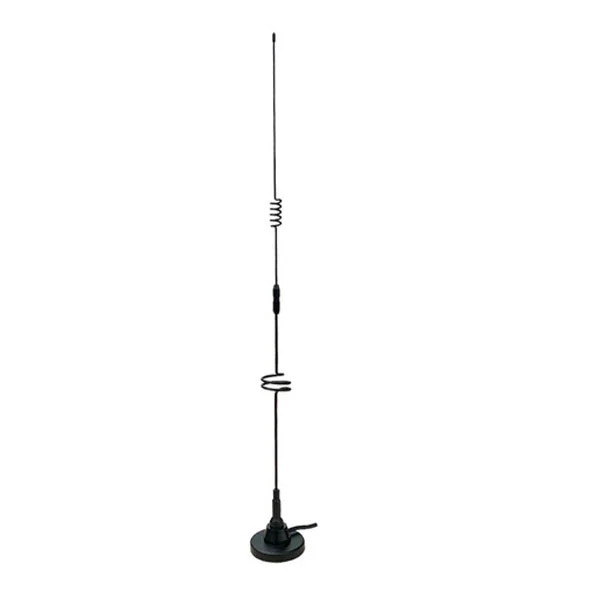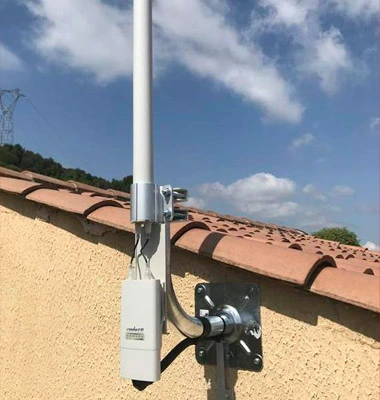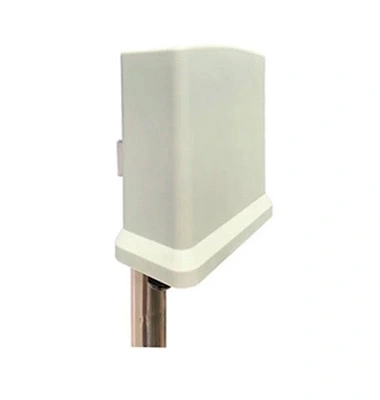In today's fast-paced world, staying connected is more important than ever. Whether you're a road warrior, a remote worker, or an outdoor enthusiast, having a reliable mobile antenna can make a significant difference in your communication capabilities. However, with a wide range of options available, choosing the right mobile antenna to suit your specific needs can be a daunting task. In this blog, we'll guide you through the process of selecting the perfect mobile antenna to keep you connected, no matter where you are.
Understanding Your Communication Needs
The first step in choosing the right mobile antenna is to assess your specific communication needs. Different situations and use cases will require different types of antennas. Consider the following factors:
Frequency Range: Determine the frequency bands you need to cover. Are you using a mobile antenna for 2G/3G/4G/5G device communication?
Range and Coverage: How far do you need your signal to reach? Are you operating in urban areas with strong signal coverage, or do you require long-range communication capabilities in remote regions?
Mounting Options: Consider where and how you plan to install the antenna. Will it be mounted on a vehicle, a building, or a portable mast?
Environmental Conditions: Think about the environmental conditions you'll encounter. Will you be exposed to extreme weather, high winds, or rough terrains?
Types of Mobile Antennas
Mobile antennas come in various types, each designed for specific applications. Here are some common options:
Whip Antennas
Whip antennas are the most common choice for vehicles. They are easy to install and offer reliable performance for standard communication needs. However, they may not provide the best range in remote areas.
Magnetic Mount Antennas
Magnetic mount antennas are designed for temporary installations. They can be easily attached to the roof of a vehicle using a strong magnet. These antennas are versatile and provide reasonable performance, but they may not be ideal for high-speed travel.
Yagi Antennas
Yagi antennas are known for their directional capabilities. They are often used in fixed installations to focus the signal in a specific direction. Yagi antennas are suitable for long-range communication in areas with weak signal coverage.
Omni-Directional Antennas
Omni-directional antennas radiate the signal in all directions, making them suitable for urban environments with strong signal coverage. They are commonly used for cellular and Wi-Fi applications.
Matching Your Needs with the Right Antenna
Once you've determined your communication needs and explored the different types of mobile antennas available, the next step is to match your requirements with the right antenna. Here are some additional considerations:
Gain: The gain of an antenna affects its signal strength and range. Higher gain antennas provide better long-distance communication capabilities.
Size and Aesthetics: Consider the size and aesthetics of the antenna, especially if you're mounting it on a vehicle. You want an antenna that doesn't interfere with your vehicle's design.
Connector Type: Ensure that the antenna's connector is compatible with your communication device or radio.
Budget: Antennas come in a wide price range. Determine your budget and find the best antenna that fits within it.
In conclusion, choosing the right mobile antenna for your communication needs is crucial for staying connected in various situations. By understanding your specific requirements and exploring the different types of antennas available, you can make an informed decision that ensures reliable communication no matter where you are. Whether you're a traveler, a remote worker, or an outdoor enthusiast, the right mobile antenna can keep you connected to the people and information you rely on.

 English
English





